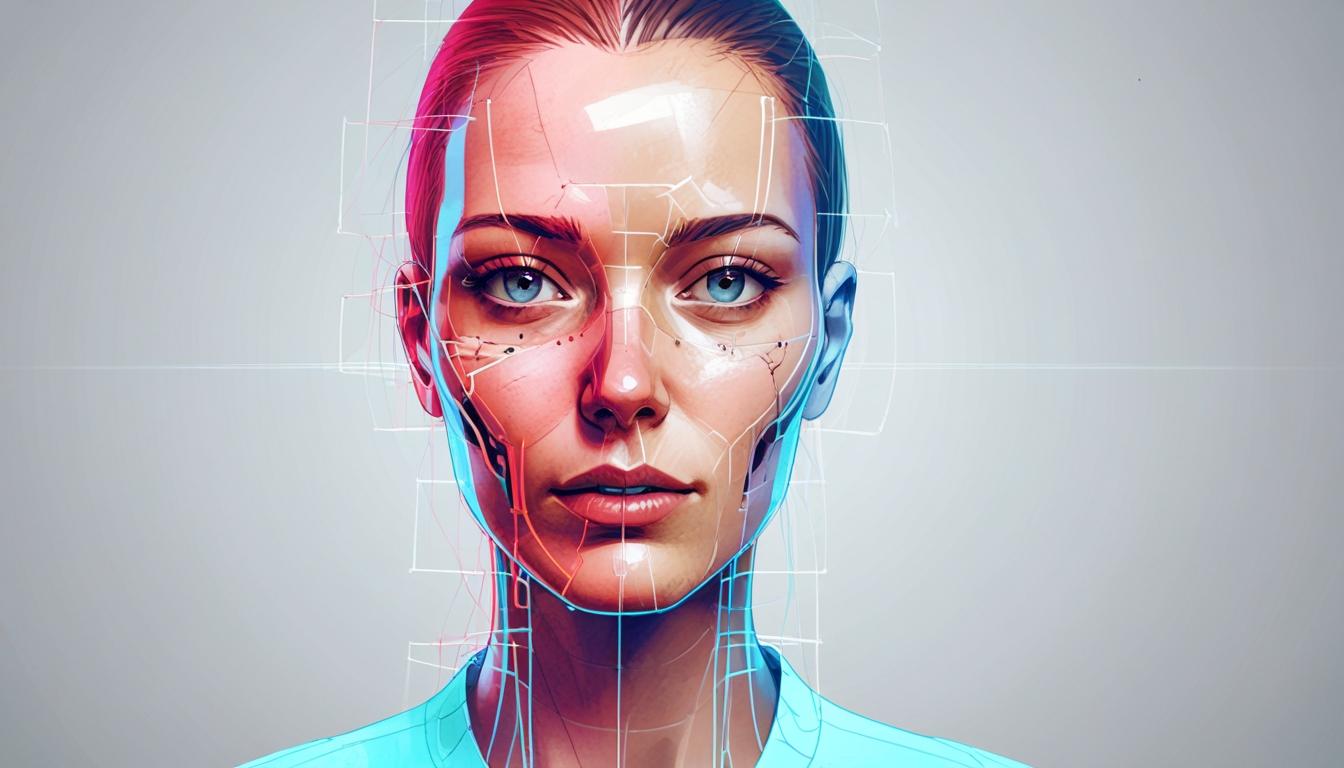The Promise and Perils of AI-Generated Video Content
The emergence of artificial intelligence (AI) has profoundly transformed various aspects of our lives, notably in the realm of content creation. While AI has gained notoriety for generating deepfakes of public figures such as Taylor Swift and President Barack Obama, it also presents immense potential for enhancing video content in both enterprise and consumer sectors. This duality was at the forefront of discussions during Fortune’s Brainstorm AI conference held in London, where industry experts emphasised the pressing need to balance innovation with ethical considerations in AI's implementation.
Daniel Hulme, CEO of Satalia—WPP's enterprise AI arm—articulated this need during a panel discussion. He noted, “AI allows us to create content incredibly rapidly, but you have to have the right guardrails and structures in place to mitigate the risks.” This perspective resonates particularly in light of the recent proliferation of harmful deepfake content, notably in the realm of nonconsensual imagery which has raised alarm bells throughout society. Legal experts like Carrie Goldberg have highlighted the urgency for enhanced legal protections, especially as deepfake technology grows more accessible.
The vulnerabilities exposed by AI misuse are not limited to celebrities; they affect everyday individuals, including minors. Legislation such as the proposed Preventing Deepfakes of Intimate Images Act is part of a broader initiative to address these issues. Yet, many of these bills have historically struggled to gain traction in Congress. Without substantial federal legislation, the challenge of regulating AI-generated content remains formidable, allowing harmful deepfakes to proliferate across platforms.
Peter Hill, the Chief Technology Officer of Synthesia, outlined a hopeful vision for AI in the creative domain. He advocated for a redefinition of AI, moving away from the idea that it merely replicates human abilities. Hill proposed that future AI should focus on being goal-directed and adaptive, thus reflecting the innate resilience and creativity of human behaviour. He stated, “We tend not to see AI systems that are very adaptive. I think that’s the new and next opportunity.”
To illustrate the advancements in AI technology, Hill presented an AI-generated video of himself that was strikingly lifelike, showcasing its potential in training and corporate communications. However, the ethical responsibilities associated with this technology cannot be understated. Hulme cautioned that brands must navigate the risks inherent in AI-generated content, citing an AI avatar created for a commercial that bore an uncanny resemblance to Jennifer Lopez. He remarked, “It’s our responsibility to make sure that their brand is put in the absolute best light,” indicating that corporate usage of AI necessitates rigorous oversight to avoid misrepresentation or unintended consequences.
The perils of deepfakes extend beyond mere market concerns. High-profile collaborations are calling for stricter regulations to combat the technologically facilitated dissemination of misleading content. An open letter led by notable AI figures like Yoshua Bengio called for criminalising the creation of harmful deepfakes, highlighting the potential for significant social harm. Indeed, research suggests that AI-driven misinformation could heavily influence public opinion and even political processes—a reality that consumers and creators must reckon with as technology continues to evolve.
Despite the complexities and challenges associated with AI technology, industry leaders like Hulme remain optimistic. He articulates a vision in which companies take proactive measures to ensure that AI serves public good rather than perpetuating biases and creating social bubbles. He stressed, “We have a duty of care to make sure that we’re using these technologies in the right and responsible way,” underlining the need for corporate vigilance in the AI age.
As discussions around AI and its implications for society continue, the focus shifts towards responsible use and regulation. While AI's ability to create content swiftly holds great promise, the technology's dark side must not be ignored. For as long as misuse persists, experts advocate for careful implementation, legislative action, and community education to harness AI's benefits while safeguarding against its threats.
Reference Map:
- Paragraph 1 – [1], [2], [4]
- Paragraph 2 – [2], [6]
- Paragraph 3 – [1], [2], [3]
- Paragraph 4 – [1], [5]
- Paragraph 5 – [3], [4], [5]
- Paragraph 6 – [1], [7]
- Paragraph 7 – [1], [3], [6]
Source: Noah Wire Services
